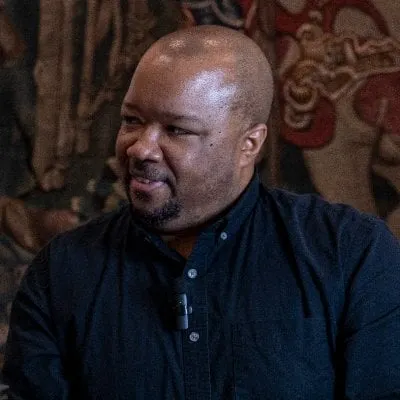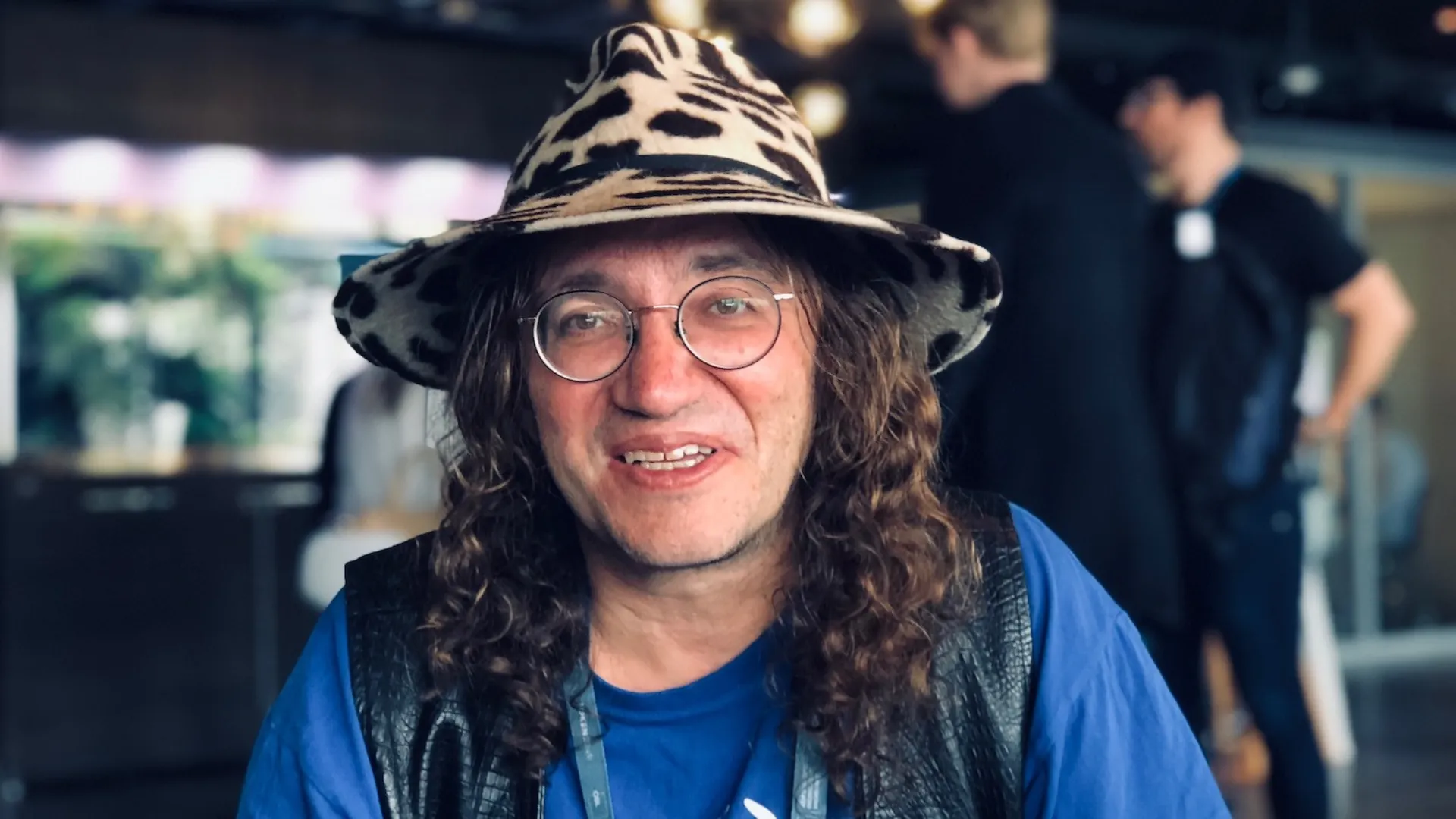In brief
- Transhumanism aims to rise above human limitations through technology, with AI playing a crucial role in enhancing physical and intellectual capacities.
- Ben Goertzel, CEO of SingularityNET, highlights how AI is revolutionizing medicine, cybernetics, and redefining human capabilities.
As AI disrupts industries, including healthcare, and is embraced by those looking to extend human life, the concept of transhumanism is rapidly moving from the realm of science fiction and dystopian futures of The Matrix and Cyberpunk 2077 to the reality of companies like Elon Musk’s Neuralink implants, Open Bionics robotic limbs, and longevity medicine.
Popularized in 1957 by biologist Julian Huxley—brother of “Brave New World” author Aldous Huxley—transhumanism is the provocative theory that the human condition can be transcended using technology.
“It's not like transhumanists don't like being humans; it's just we want humanity to grow more than what it has meant historically,” Ben Goertzel, founder and CEO of decentralized AI network SingularityNET, told Decrypt in an interview. “This leads into specific possibilities like conquering death, enhancing your body, and your mind achieves a superhuman intelligence fused with a computer.”
Goertzel also serves as the chair of the transhumanist organization Humanity+, which defines transhumanism as an intellectual and cultural movement dedicated to fundamentally improving the human condition through applied reason—especially by developing and sharing technologies to eliminate aging and enhance human intellectual, physical, and psychological capacities.
Transhumanism and AI
Although AI has exploded into the mainstream relatively recently, it has always been a key factor in the discussion around transhumanism. As applications now proliferate across industries like science, medicine, and technology, Goertzel says AI aligns with the goals of transhumanism due to the movement's reliance on advanced technologies to create significant change.
“We have more data about different levels of the human body and different organisms than any human mind can understand, and biostatistics struggle, standard machine learning struggles,” Goertzel said. “So the more advanced your AI gets, the better you can integrate together all the diverse biology data out there, and you can then use AI for hypothesis generation.”
Goertzel pointed to nanotechnology as an area in which AI could make greater strides than humans.
“AI is way better at designing stuff at the nano-scale, or the femto-scale beyond that, than humans are,” he said. “We have a lot of practical know-how about how to hammer and nail stuff together at the scale where we intuitively understand the physics, but we don't have a good intuition for nano-scale or femto-scale physics, and AI can deal with that just as well as the scale that we're at now.”
Transhumanism in action
“Look at brain-computer interfacing; how do you decode the signals coming out of the brain? AI can be very helpful for coding the basic coding language in different parts of the brain used to describe things,” Goertzel said, noting AI being optimized for retail and manufacturing.
A brain-computer interface (BCI) is a technology that enables direct communication between the brain and an external device, often allowing control of computers or prosthetics through neural signals. Companies currently working in this field of neuroscience and biotechnology include San Francisco-based Neuralink, Emotiv, and Halo Neuroscience.
“There are many different applications that can be enhanced by AI,” he added. “Then of course, once you get to AGI, you could have the AI coordinating all these different particular AI applications.”
Artificial general intelligence (AGI) refers to a type of AI that possesses the ability to understand, learn, and apply knowledge in the same way a human can.
Is transhumanism only for the rich?
Detractors of transhumanism say the movement is “playing God” or is a replacement for religion, and that the only ones who will benefit from the merging of humanity with technology will be the wealthy and elites. To be sure, the cost of longevity and transhuman research is high.
Goertzel said this won't always be the case, and said more efforts should be made to provide wider and equal access.
"These little mobile supercomputers we all carry around have not only benefited the rich,” Goertzel said, noting that his organization works with software developers in Ethiopia.
“We have 50 software developers working for SingularityNET, and every one of the kids who is coding for us there has a smartphone. Even if you go to a rural village in Sub-Saharan Africa, everyone has feature phones. They use them to keep in touch with their family and to check the city prices for various agricultural commodities they sell.”
Goertzel also emphasized the role of blockchain and cryptocurrency like Bitcoin, Ethereum, and the upcoming Artificial Superintelligence Alliance ASI token in lowering cost and access to human-enhancing technology.
“In theory, the blockchain and cryptocurrency worlds can be helpful in combating those issues by creating a parallel economic system that's not tied down by the legacy economic systems,” he said. “In practice, that's a challenge, because many governments outlaw crypto then.”
Another issue Goertzel highlighted is groups and entities hoarding cryptocurrency.
“Crypto markets themselves become dominated by token whales, which is their own emergent elite,” he said. “So that's an important thing to worry about and work against. But yet, it's not obvious that transhumanist technologies make this phenomenon any worse than it is now.”
Looking to the future
While Goertzel champions transhumanism and artificial intelligence, he acknowledged there should be limitations to what research should be done.
“We can't say there are no limitations that should be put on research,” he said. “Clearly, there is a line beyond which, as a society that cares about its members not all being killed—there's some research that you want to slow down or not permit.”
Noting that laws are already being developed with such limits in mind, Goertzel said the best path forward is determining how to apply these technologies for the common good as AI and cybernetics becoming more advanced and common.
“I don't think attempts to ban AI are gonna help whatsoever because AI is providing too much useful value to too many people, too many businesses,” he said. “There's not that much precedent for a free society banning things that are useful to everyone. And I think in the end, the same will be true of transhuman-oriented technologies.”
Edited by Ryan Ozawa.

